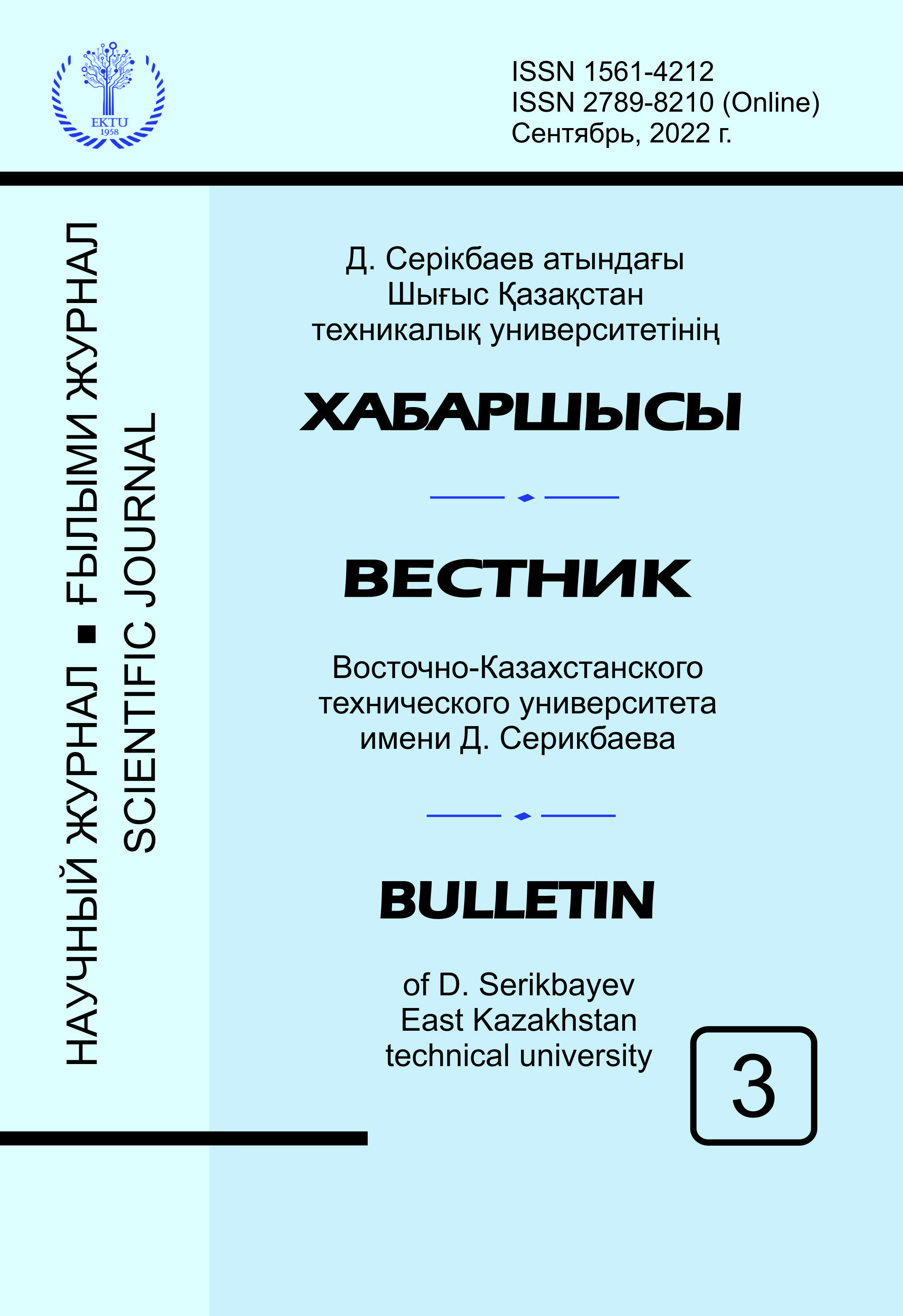SMART TECHNOLOGIES IN RISK MANAGEMENT CONTROL AND DECISION-MAKING SYSTEMS IN A FUZZY DATA ENVIRONMENT
Published:
2022-09-30Section:
СтатьиArticle language:
KazakhKeywords:
process, model, probability, decision-making, simulation model, distribution law, standard, uncertainty, distribution density.Abstract
The aim of the article is to develop a methodology for quantitative evaluation and forecasting of the quality of decision-making in complex multi-parametric organizational and technical systems under the conditions of uncertainty of control agents. The research results proposed in the article are focused on the practical use of formal tools in predicting the reliability of control results and decision-making risks under the uncertainty of model agents. The proposed mathematical and simulation applications implement a multi-agent approach to solving the general problem of assessing the quality of control according to the criteria of "producer risk (project customer)" and "consumer risk". For the purposes of modeling, such sections of mathematics and methods as probability theory and mathematical statistics, regression analysis, simulation and structural-functional modeling, agent approach are used. The quality of mathematical modeling is supported by computer experiments with simultaneous graphical visualization of the results, which increases the effectiveness of the study. A simulation model has been developed to assess and predict the reliability of control and the risks of decision-making under the uncertainty of system agents. The novelty of the proposed model lies in taking into account the statistical nature of normative values and the laws of equal probability. The proposed system methodology implements a dual approach to solving a common problem, assessing the quality of the control process by the magnitude of risks in the decision-making system. In the first case, the problem of quantitative risk assessment is solved for given statistical characteristics of control agents, and in the second case, the required measurement accuracy is determined for given uncertainties and risk levels in the control system. The paper proposes the results of computer modeling in 3D format.
License
Copyright (c) 2022 Вестник ВКТУ

This work is licensed under a Creative Commons Attribution 4.0 International License.
Most read articles by the same author(s)
- Карлыгаш Алибеккызы, RISK ASSESSMENT OF CONTROL AND DECISION-MAKING IN THE AIRCRAFT CONTROL SYSTEM , Вестник ВКТУ: No. 1 (2023): "Vestnik D. Serikbayev of EKTU"
- Карлыгаш Алибеккызы, ALGORITHM FOR DESIGNING VR APPLICATIONS FOR TECHNOLOGICAL PROCESSES OF AVIATION EQUIPMENT REPAIR , Вестник ВКТУ: No. 3 (2022): "Vestnik D. Serikbayev of EKTU"
- Карлыгаш Алибеккызы, GEOSPATIAL DIGITAL TWIN OF THE NEAR-AIRDROME ECOLOGICAL ENVIRONMENT , Вестник ВКТУ: No. 2 (2023): "Vestnik D. Serikbayev of EKTU"
- Карлыгаш Алибеккызы, FORMAL METHODS FOR ASSESSING THE LEVEL OF DIGITAL MATURITY OF THE AVIATION INDUSTRY , Вестник ВКТУ: No. 4 (2022): "Vestnik D. Serikbayev of EKTU"
- Карлыгаш Алибеккызы, CREATING COMPUTER SIMULATION OF MOVEMENT CONTROL PROCESSES OF ROBOT-MANIPULATORS , Вестник ВКТУ: No. 1 (2025): "Вестник ВКТУ им.Д.Серикбаева"
- Карлыгаш Алибеккызы, ONTOLOGICAL ENGINEERING TO DETERMINE REVEAL INTER-SUBJECT RELATIONS BETWEEN MATHEMATICS AND COMPUTER STUDIES , Вестник ВКТУ: No. 4 (2022): "Vestnik D. Serikbayev of EKTU"
- Карлыгаш Алибеккызы, MULTI-PASS QUALITY CONTROL MANAGEMENT PARADIGM IN STOCHASTICALLY PROGRAMMABLE MULTI-AGENT SYSTEMS , Вестник ВКТУ: No. 4 (2021): "Vestnik D. Serikbayev of EKTU"
